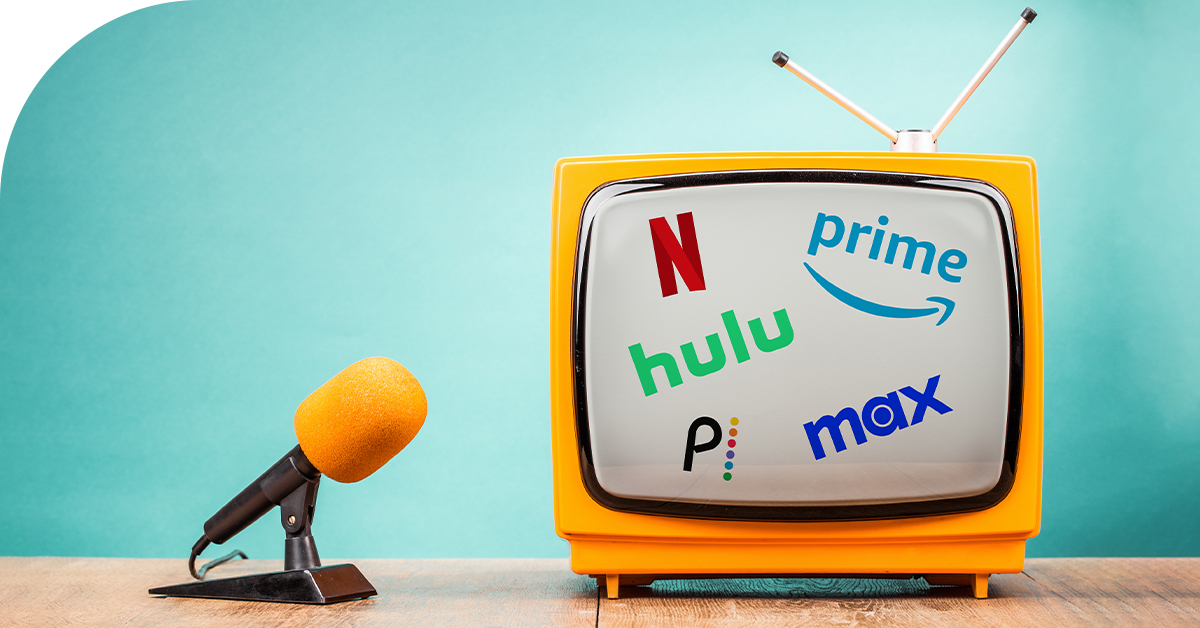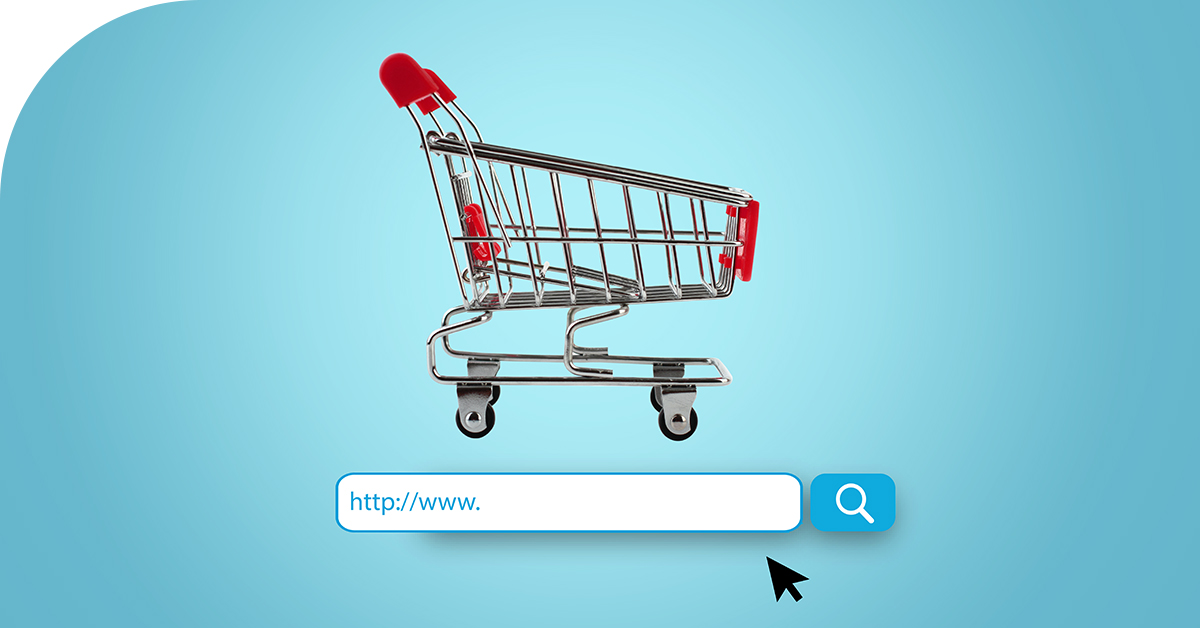We’re at a changing point in digital advertising history. As digital advertising has continually grown and evolved, a few things have been forgotten—the most important being trust. With the introduction of GDPR, CCPA, and the proposal to phase out third-party tracking cookies, marketers are quickly assessing the strategies they have available. As an industry, marketers, ad tech providers, and publishers are looking at how they can evolve to restore trust with the consumer.
If you’ve been tuning in to any of the ad tech or martech news, you’ll quickly start to wonder, “What’s next?”
To better understand what’s happening in the digital advertising ecosystem with the changes around third-party tracking cookies, we sat down with Travis Davis, Choozle’s VP of Product.
Q: To kick things off, can you explain how third-party tracking cookies are used in digital advertising? What does cookie-syncing mean?.
Travis Davis, VP of Product: To understand the role that third-party tracking cookies play in the overall digital advertising ecosystem, you need to understand the process of cookie-syncing.
At the most basic level, cookie syncing, also called cookie matching, is a process of mapping a user from a demand-side platform to a data management platform by giving the user a unique ID. The user’s unique ID is then used across multiple platforms to facilitate data targeting, attribution, and more. Third-party cookies have been an aggregated and anonymous, necessary evil to deliver highly targeted ads. Though third-party cookies are discussed in as it relates to consumer privacy, the third-party cookie itself has always been anonymous. Ad tech providers and platforms can’t determine who you are based on the generated ID representing your device. When we look at every step from a brand’s website to the publisher, cookie syncing is a vital part of this process.

Within Choozle, cookie syncing is a necessary process that allows both Choozle and our data providers to come to a common understanding of their respective user IDs for the same user. The sync process involves mapping our partner’s unique user ID to each data provider’s unique cookie ID.
In Choozle, cookie syncing powers several systems that marketers use to execute and report on their digital advertising campaigns, including:
- Web Insights, a visualization of your website traffic matched with results for more than 120 unique demographic, psychographic, consumer purchase, lifestyle, and behavior characteristics
- CRM Onboarding & Targeting, a tactic that allows you to target individuals from your customer relationship management (CRM) system and run account-based marketing campaigns against a known list of contacts.
- All digital advertising execution and attribution.
Q: Can you describe what is happening in the digital advertising ecosystem with the end of third-party cookies?
TD: The easiest way to understand the impact of third-party tracking cookies within the digital advertising ecosystem is to remove them from each part of the process. Once third-party cookies are removed from the ecosystem, there is a disruption at every step of the process. From my point of view, this is where the opportunity lies.
As an industry, we need to understand that cookie-based advertising has been required to evolve, and it has been a long time coming. For years, we’ve been using an antiquated technology to track our website visitors, improve the user experience, and collect data that helps us target ads to the right audiences. And just like previous changes that we’ve faced as an industry (looking at you GDPR, end of Flash, etc.), we will adapt and thrive.
We have to remember that digital advertising powers the open and free internet–relevant advertising isn’t going away. This is because relevant experiences drive revenues that fund the open internet, where people enjoy content and services for free. In fact, it is not just advertising that is impacted by the phase-out of third-party tracking cookies but, more importantly, the access to information across our entire society.
Q: From your perspective, why do third-party cookies contribute to a lack of trust across the digital advertising ecosystem?
TD: To understand the privacy concerns around cookies, you need to understand the problems with cookies in the first place. The cookie is a browser tool that was never meant to be used for this purpose; more so, digital traffic has been moving to cookie-less environments like connected TV and mobile. While the user has some control over cookies by deleting them from their browser, there is little visibility for the user into what data is being collected through cookies.
The lack of insight, consent, transparency, and control of third-party cookies has caused a lot of frustration.
The good news is that marketers can cultivate a better online experience—and more effective advertising—by collaborating with consumers in a more personal, human way and offering them greater control, transparency, and respect for privacy.
Q: What changes are on the horizon, and how will it impact the industry?
TD: As for what is coming, there is no consensus (yet) on what the exact replacement technology or technologies will be. We are still likely over a year away from Chrome eliminating third-party tracking cookies based on recent timeline updates from Google as well as the US Department of Justice’s recent filing against Google.
Timelines aside, marketers should be aware of what is available to them and what they should be thinking about for the future. In their current toolbox and led by the passing of GDPR and CCPA, marketers are turning towards people-based targeting strategies. This allows them to use their first-party data where an email is the primary identifier and is tied to other platforms through authenticated identity systems. Throughout 2021, we should see marketers adopt this targeting strategy even more, and platforms are enabling marketers to make this experience better.
Better yet, there are a lot of “cookieless” targeting strategies that are already available to marketers. These strategies include mobile or device ID, contextual, or contextual keyword targeting. Marketers should use this time to review these strategies and explore how they can add them to their digital advertising campaigns.
As we look towards the future, there will most likely be some use of artificial intelligence (AI) that builds optimized contextual targeting segments based on data that is gathered from the bid stream, user patterns, user intent, and more that creates impression-based profiles for targeting opportunities. Marketers will adapt to these changes and find ways to harness the opportunity in front of them.
Q: How could third-party cookie changes end up affecting advertisers and consumers, respectively, for the better and worse?
TD: The third-party cookie changes that Google and many other browsers are making are just reflections of what’s happening more broadly in our society and the pressures consumers are putting on these providers. Realistically, the status quo could not continue. The advertising industry had to make some changes.
While there will be a short-term disruption for advertisers, I see this as an opportunity. The move away from cookies, which are an annoyance to most users, to a system that values user privacy and trusted marketing relationships. The goal of Google’s Privacy Sandbox of creating a thriving web ecosystem that is respectful of users and private by default is lofty but entirely possible. With an open standard with the Privacy Sandbox Proposals, everyone in the industry can have a say to submit solutions. This means we, as an industry, will find a solution that fits us all.
Q: How will the coming third-party tracking cookies changes affect Choozle?
TD: There is still a lot to be uncovered on how the third-party cookie changes will impact Choozle, let alone the entire digital advertising ecosystem.
Advertisers should have some confidence in the direction of where things are going. We’re keeping an eye on Google Privacy Sandbox and the IAB’s effort to create a Unified ID solution framework. These solutions are different than the current norms but do not negatively impact digital advertising and align with privacy initiatives.
As we move forward, Choozle and our partners will ensure these adaptations are made with the future changes in mind, moving towards independence from the third-party cookie technology and respect privacy. This is how we’ll continue to deliver trusted and impactful advertising in ways that benefit all industry players, as well as consumers.
In other words, stay tuned.
Q: Any final thoughts?
TD: This is an excellent opportunity to re-examine cookie-less targeting solutions for display like contextual keyword targeting, which is more cost-effective than cookie-based data targeting. Choozle can help marketers adapt their search keyword lists into contextual keyword lists, uploading directly into the Choozle platform. If you don’t have a keyword list, we can work with you to create one.
And let’s not forget that CTV and audio advertising don’t rely on third-party tracking cookies. So, in the immortal words of Bob Marley, everything’s going to be all right.







